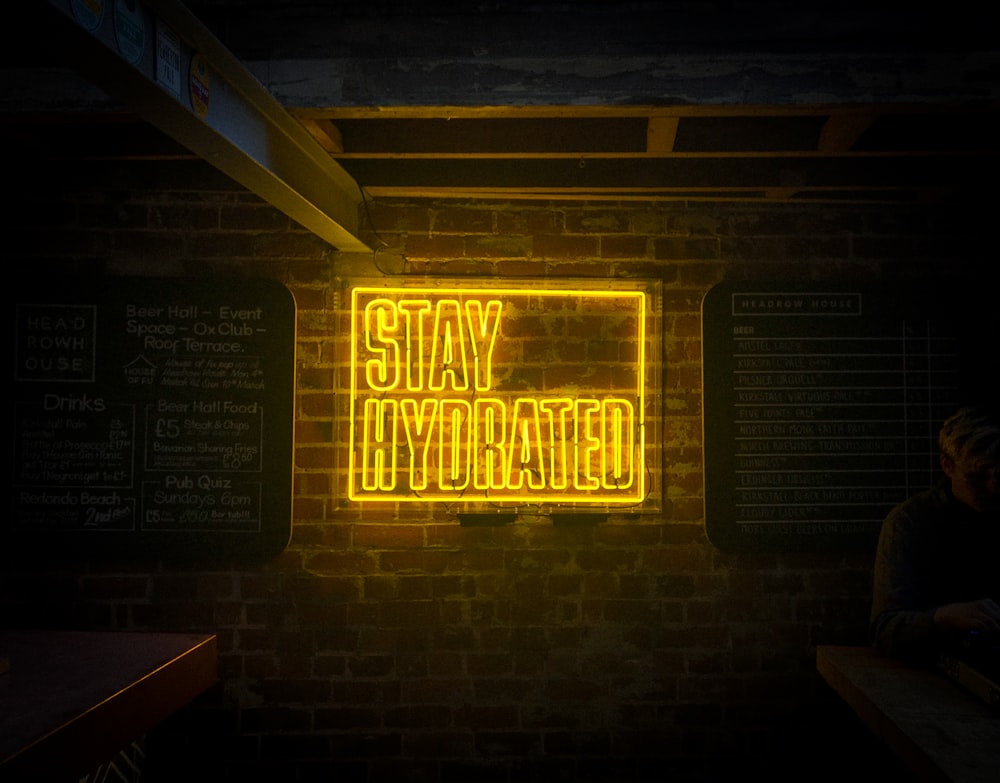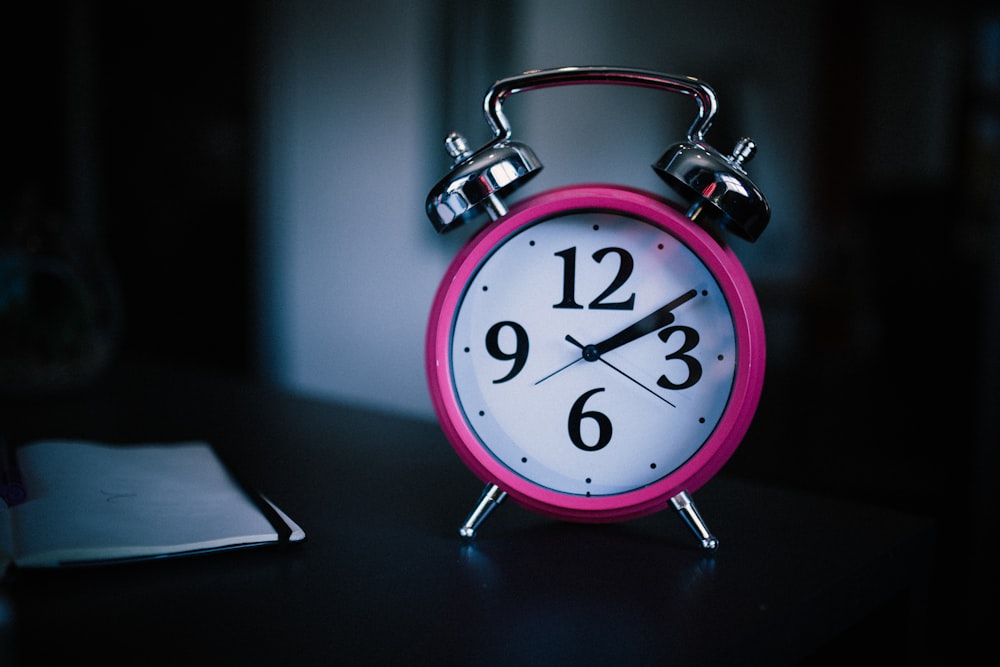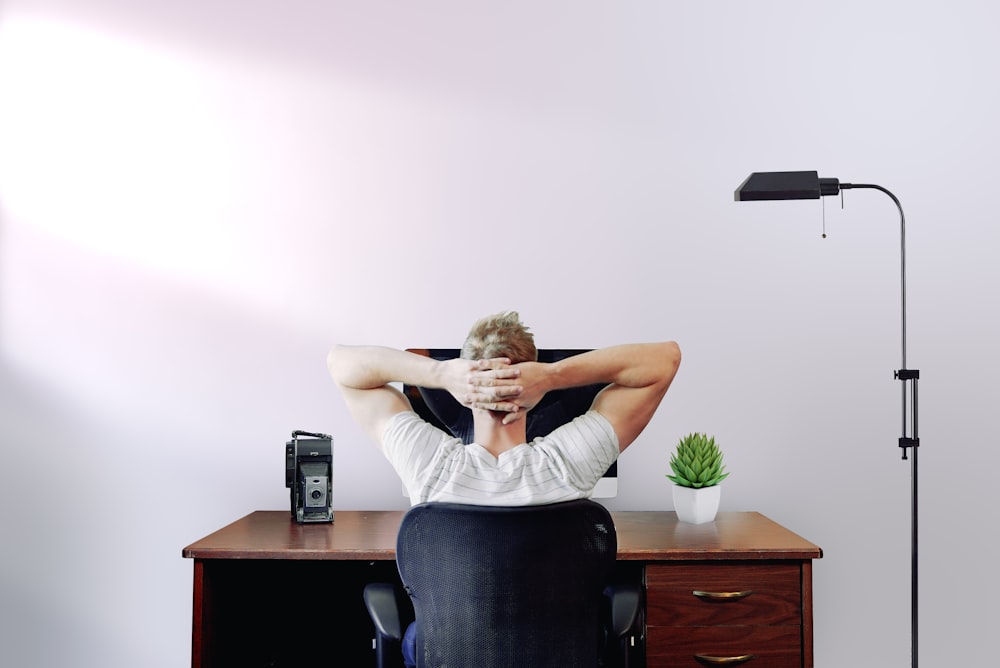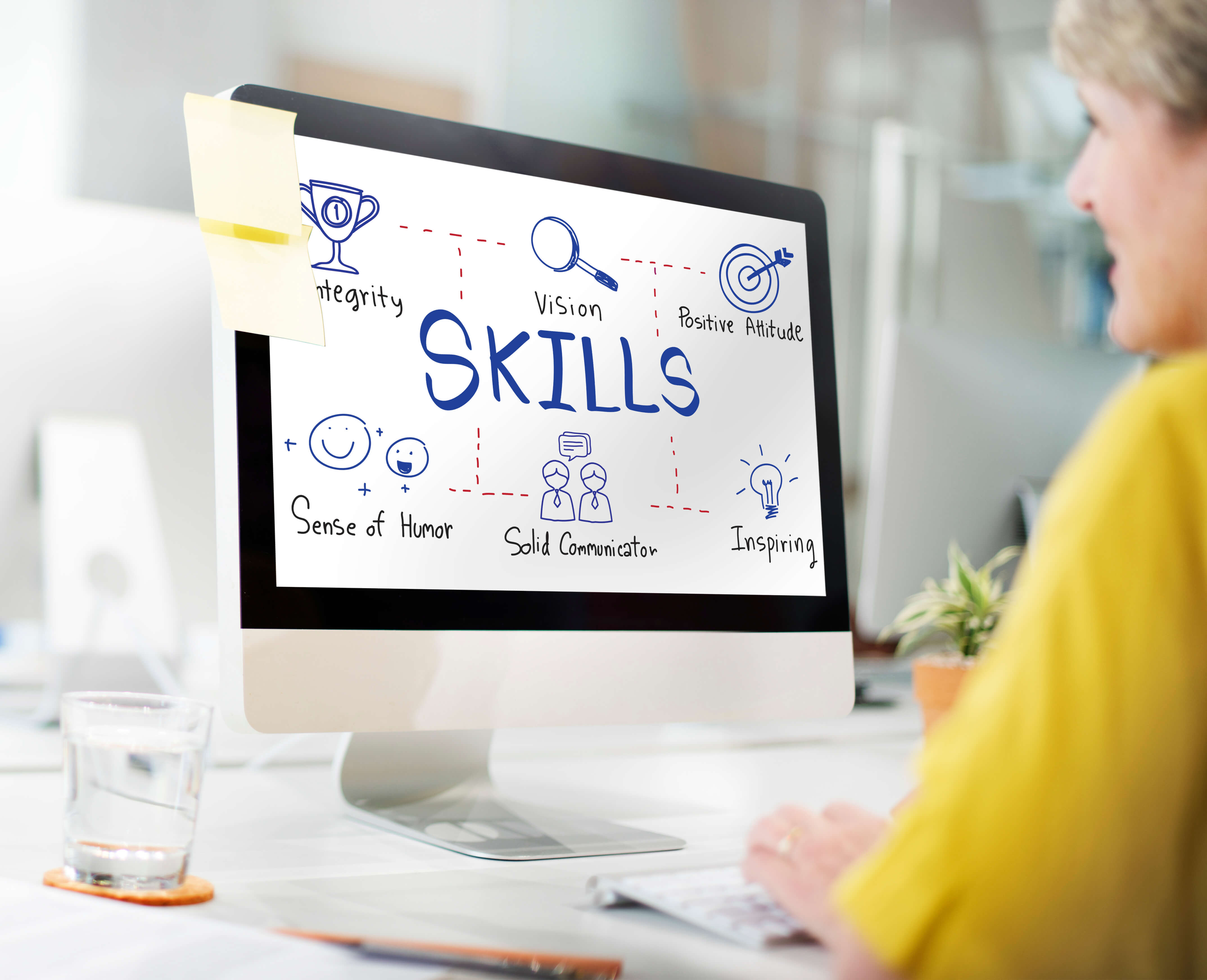8 Ways To Relieve Work-Related Pain

Photo by Marcus Aurelius from Pexels
Do you ever feel like your job is a pain in the neck? Whether you're a manual labourer or you spend your days glued to a desk, it's likely that at some point, you've experienced discomfort or pain as a result of your work. This discomfort may be caused by injuries or disorders of the joints, muscles, nerves, and some other parts of your body known as work-related musculoskeletal disorders (WMSD).
Read more: Physical And Mental Wellbeing: Two Halves, Same Coin
According to a 2019 analysis of the Global Burden of Disease, about 1.71 billion people globally have musculoskeletal conditions. Moreover, low back pain is the major contributor to the overall burden of musculoskeletal conditions.
So, if you're looking for ways to relieve yourself from any work-related pain or reduce your risk of developing a work-related musculoskeletal disorder, read on. Here are eight easy tips that can help:
1. Massage Therapy
When was the last time you hit the massage chair in your home or at your local mall? Or the last time you had a relaxing massage. If you can't recall the date, you might be missing out on some profound best pain relief. Massage therapy is an effective means of relieving stress-related tension in the neck and back and a variety of other common aches and pains, especially among office workers. The best part? You don’t even need to leave the house! Numerous online directories are available for finding certified and licensed massage therapists in your area who will come directly to your home or office.
With the great benefits of massage therapy, you might be wondering why there aren’t many people getting them. One reason may have something to do with cost. Some people may feel like the cost per session is high on their budget. But if you think about it, a single massage session is likely to be cheaper than several visits to the doctor or chiropractor.
If you’re still not sure if massage therapy is for you, consider giving it a try for a month and tracking how you feel. Chances are you’ll start feeling better after just a few sessions!
2. Physical Therapy
Physical therapy is one of the most common ways known to relieve work-related pain. Different physiotherapy techniques can involve various treatments, such as massage, electrical stimulation, and workplace physiotherapy. When done well, the therapies can help to improve flexibility, reduce inflammation, and promote healing.
A thorough check-up will help your doctor determine the right treatment for your specific type of pain or injury. People living in the West Midlands are often encouraged to visit a Shockwave & Physiotherapy Clinic in Sutton Coldfield that offers targeted therapies designed to speed up recovery and ease discomfort. These clinics often combine hands-on treatments with modern technology for better results. Getting professional support like this can make returning to work a much smoother process.
3. Exercise
For many people, exercise and pain relief may seem like two opposing concepts. However, the truth is that exercise can help relieve pain and improve your overall health at the same time!
The key here is to focus on low-impact exercises like walking or swimming, instead of high-impact ones such as running. This will reduce stress on joints that are already under strain due to previous injuries, surgery, etc. Additionally, exercise doesn't only reduce stress on the joints but stress overall. It helps release endorphins and serotonin, which are known as the ‘happy hormones’ to help get you moving on your feet and feel light the entire day. This is hitting two birds in one stone! So, if you want to be more comfortable and pain-free, exercise!
If you're unsure, consult a doctor before starting any exercise program to ensure it's safe for your situation.
4. Yoga
If you’re looking to improve your flexibility, reduce stress, and relieve pain all at the same time, yoga might be the perfect solution for you. It becomes easy to navigate through tight spaces and improve your range of motion through yoga. In addition, yoga can also provide a mental release from stress and tension. When practised regularly, yoga can help you feel more relaxed and at ease during and after work.
Read more: Winds Of Change
If it's your first time practising yoga, it's best to find a class or watch some videos online so you can learn the proper poses. There are many different types of yoga, so find one that fits your needs and interests.
5. Acupuncture
Another proven way to reduce pain is acupuncture. This ancient Chinese practice effectively reduces pain for a variety of conditions, including work-related pain. Acupuncture involves the insertion of needles into specific points of the body. These needles stimulate the release of endorphins, which are natural painkillers.
One thing to keep in mind is that acupuncture may not be suitable for everyone. You should consult with a qualified acupuncturist to see if it is right for you.
6. Keep Your Body Hydrated
Drinking water is known to offer many health benefits. One of which is that it helps keep the body hydrated, reducing muscle pain. Dehydration can be a significant contributor to muscle cramps and pains. When you’re working, make sure to drink plenty of fluids, especially water.
If you don't enjoy the taste of water, try adding a slice of lemon or lime to give it some flavour. You can also drink herbal tea, known for its soothing effects. Another hack to encourage water drinking is to invest in a fancy water bottle that you can carry around with you.
You should also keep a glass of water at your desk to remind yourself to drink it whenever you start feeling dehydrated. Water bottles are known for their leaky nature, so if you have an office job and need something more stable, get some glassware that’s easy to clean up after use, such as a mason jar. You can fill this up periodically throughout the day or leave it on your table until lunchtime to refill it.
7. Get Enough Sleep
Resting your body is one of the most important things to do to reduce pain. When you’re tired, your muscles are already in a state of fatigue that will only aggravate any discomfort you may feel. Also, fatigue doesn't help with your mood, so you may be more irritable than usual. An irritable mood can lead to stress, which can exacerbate work-related pain.
Getting enough sleep is essential for reducing pain and feeling energised throughout the day. Aim to get between seven and nine hours of sleep each night. Create a routine to help you unwind before going to bed, such as taking a hot bath or reading a book. Drinks with caffeine should also be avoided because they can make it harder for some people to fall asleep at night.
This may interest you: Sleep: A Challenge To Leaders And Organisations
In addition, try not to work on your laptop until just before going to sleep because the light from the screen is known for keeping people awake longer than necessary (especially if there’s an urgent deadline looming).
Also, upgrading your bedding goes a long way in getting a good night’s sleep. If you’re still using an old, lumpy mattress, it might be time for an upgrade. The same goes for your pillow. Getting the right stomach or back sleeper pillow can do wonders for your posture and alignment, which can lead to less pain.
8. Get An Ergonomic Office Chair
All the above techniques will be a waste of time and money if you continue sitting in a chair that gives you no support. So, if you’re looking for a way to feel more comfortable and happier in the office, getting a quality office chair should be your priority. A good office chair may help improve your posture which should help relieve some of the pain you are feeling. Make sure to get one that is adjustable and fits your body size.
If your job requires you to be on the phone for long periods, invest in a headset. Getting the right one may help reduce the pressure on your neck and shoulders.
Take breaks often! Get up and move around every 30 minutes or so. Stretch out your muscles and drink enough water. Even just five minutes of stretching can do wonders for relieving tension headaches.
Conclusion
No one enjoys work-related pain, but it is a common occurrence for most people. However, as mentioned above, there are many ways to relieve this pain and make your experience at work much more enjoyable and bearable. Pick the tricks from the list that work best for you and give them a try. You'll be amazed at how you will feel better after implementing just one of these tips. And who knows, with some relief from your pain, you may even find yourself enjoying your job more!
About Author: Alex Scott is a health and fitness enthusiast. He loves to share his knowledge on healthy living through guest blogging. When he's not writing, you can find him hiking in the mountains or spending time with his family.
Be sure to check out the media below:
If you want to read more on the topic above, there is a good compilation of articles in this amazing learning app called Necole. Necole is a state of the art learning platform that curates personalised learning just for you. **SPECIAL OFFER - Use this code ABETTERME and get a 5% discount on your subscription to Necole. To find out more about Necole or to subscribe, click here.
Functional
This article is published by the editors of Leaderonomics.com with the consent of the guest author.










